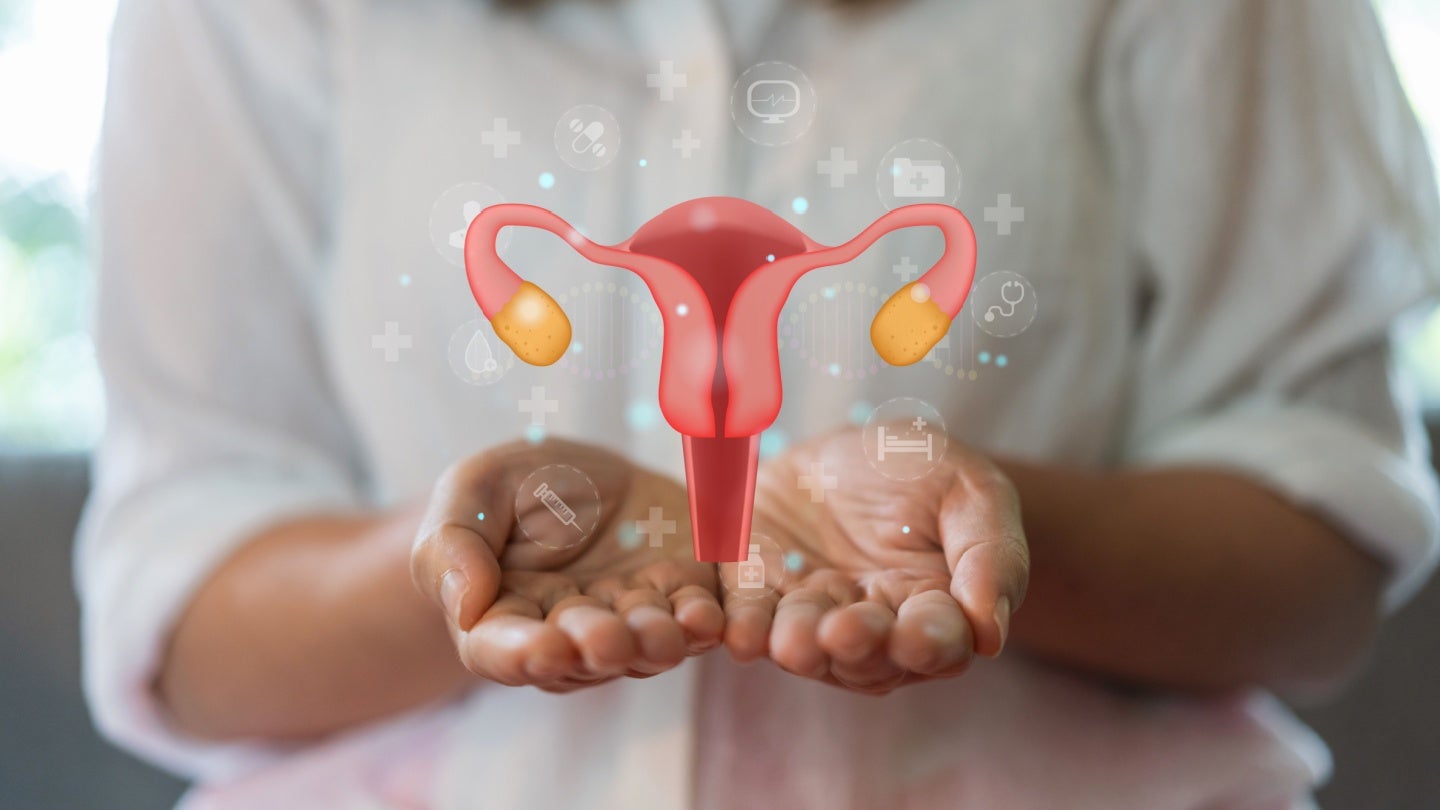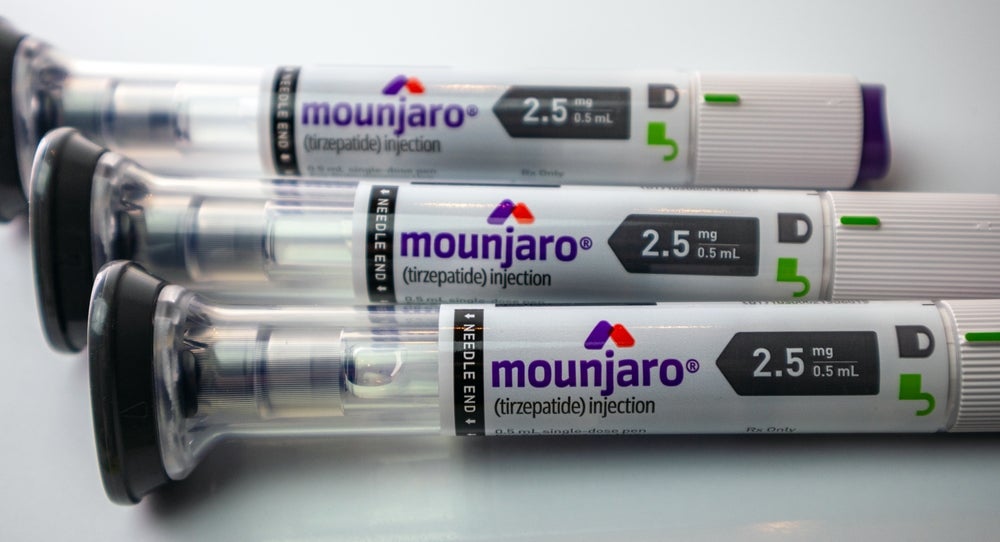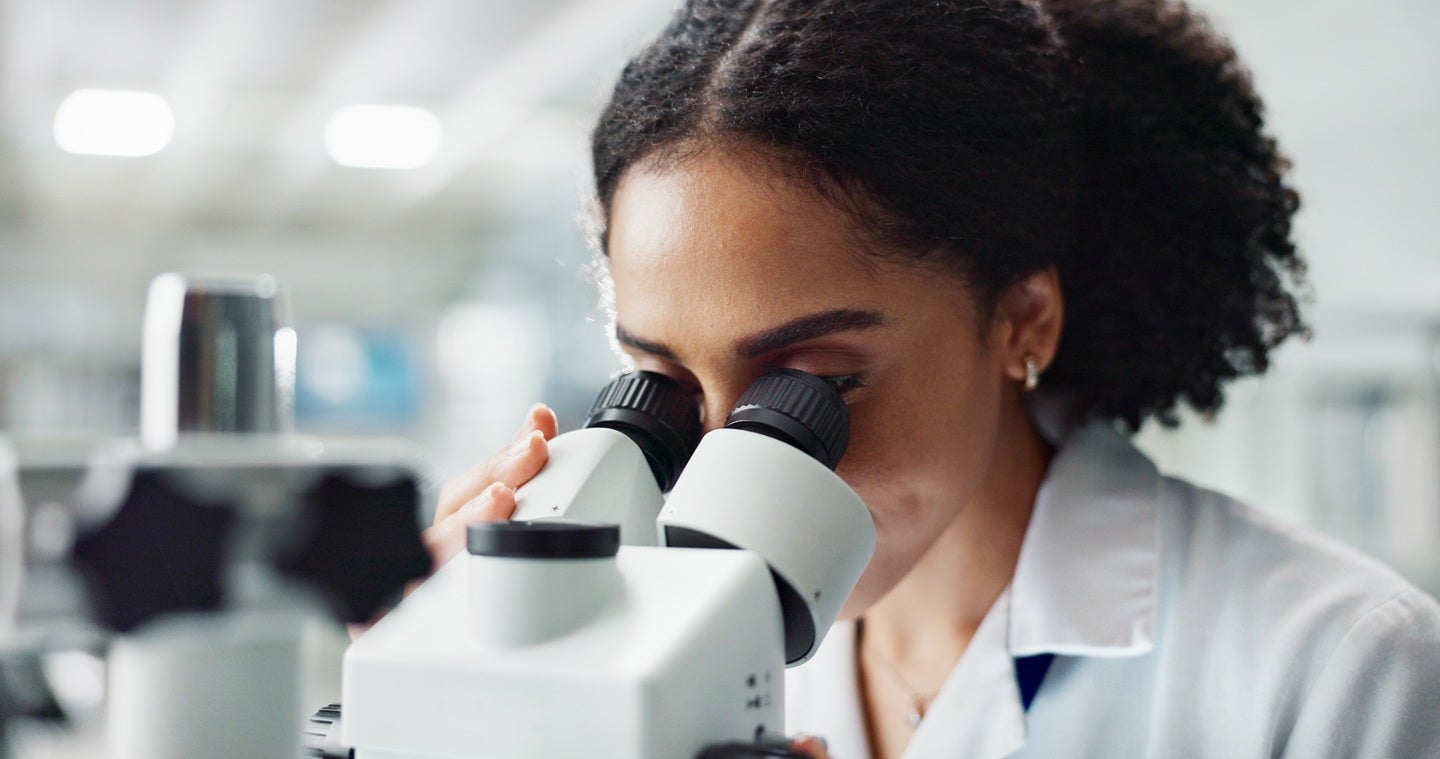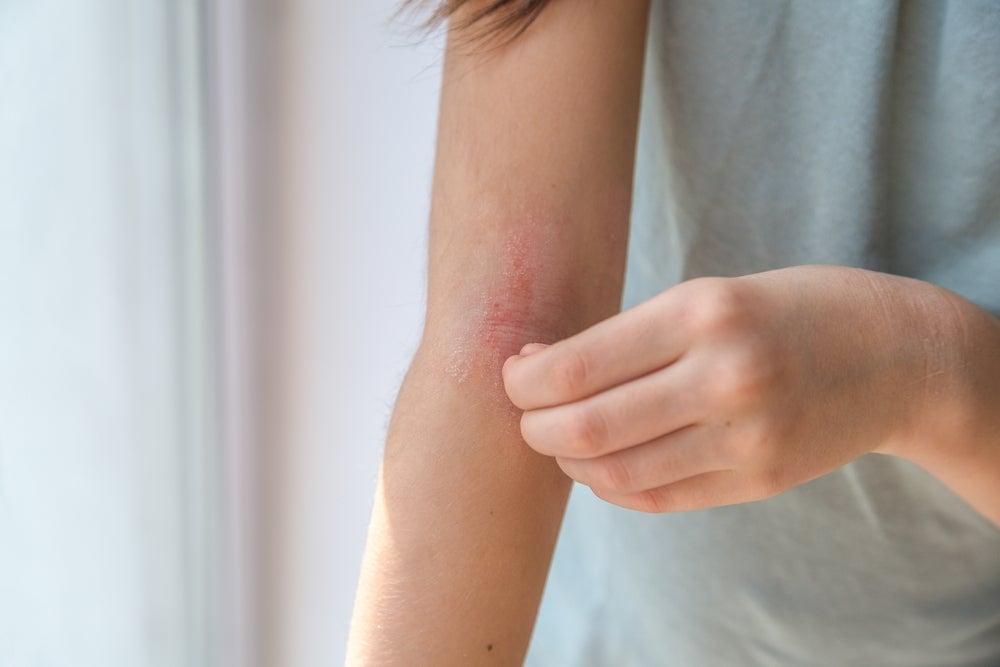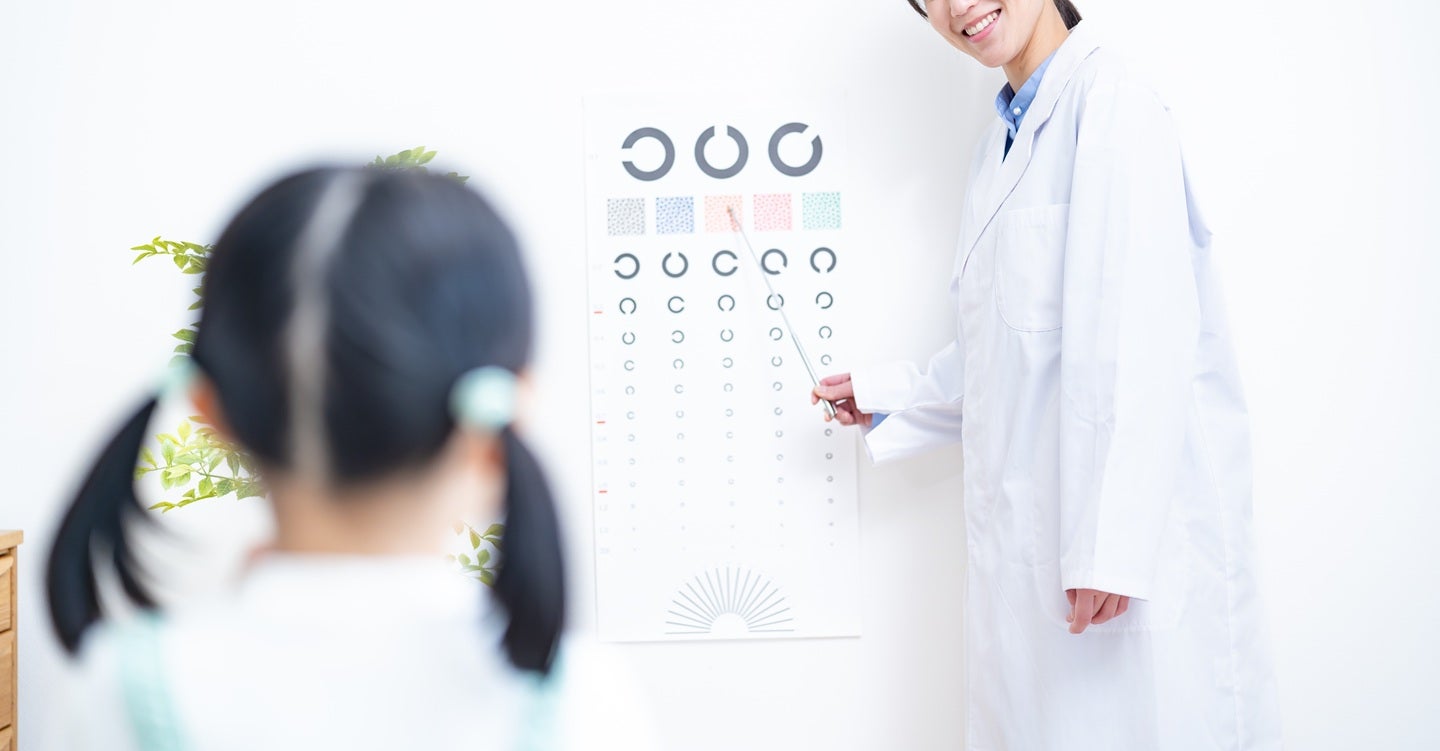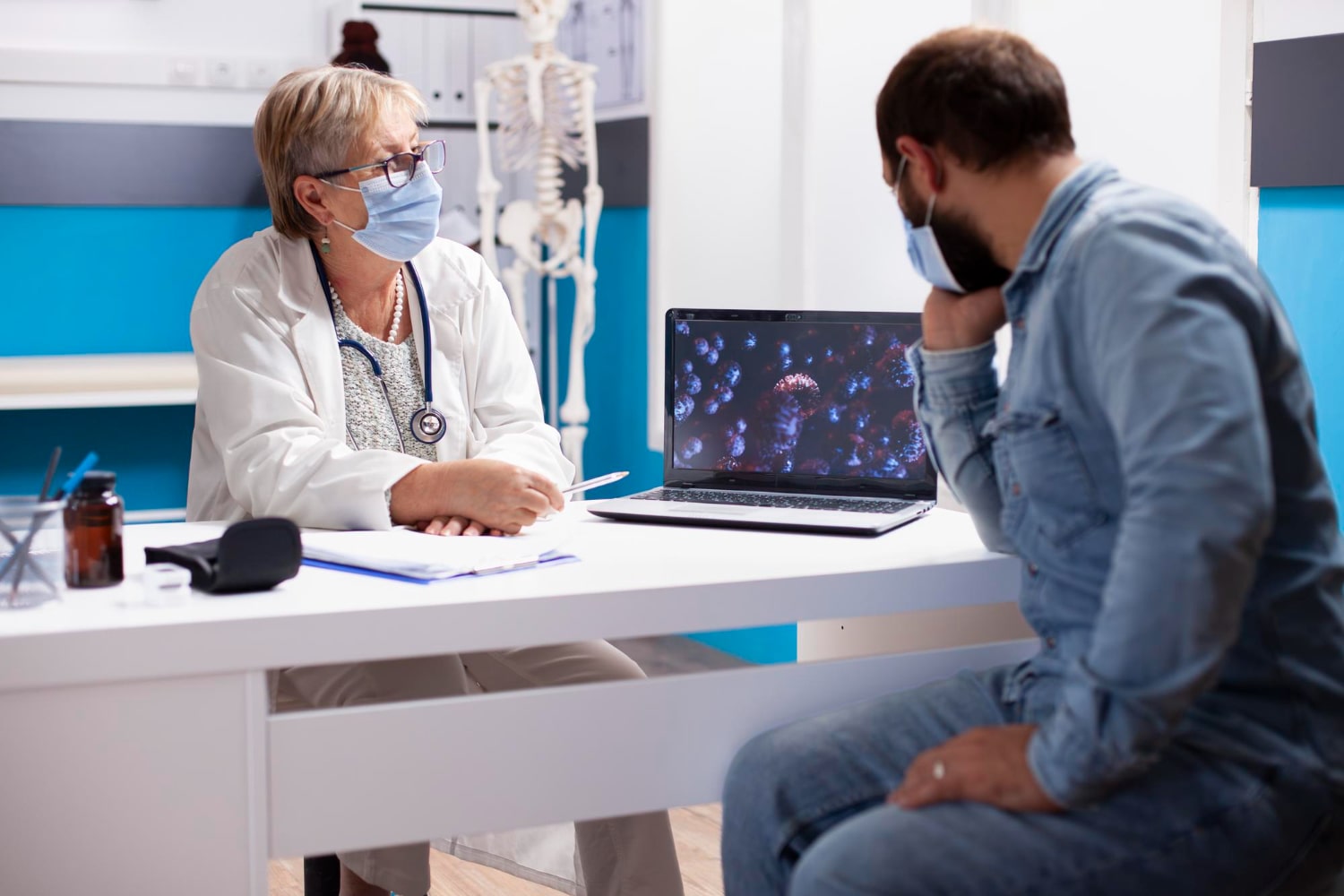Minimally Invasive Stroke Model for Awake Mice
In a groundbreaking advancement that promises to reshape the landscape of cerebrovascular research, scientists have unveiled a minimally invasive thrombotic model designed to study stroke mechanisms in awake mice. This innovative approach circumvents many of the limitations associated with traditional stroke models, offering unprecedented insights into the pathophysiology of ischemic events while preserving the natural […]


In a groundbreaking advancement that promises to reshape the landscape of cerebrovascular research, scientists have unveiled a minimally invasive thrombotic model designed to study stroke mechanisms in awake mice. This innovative approach circumvents many of the limitations associated with traditional stroke models, offering unprecedented insights into the pathophysiology of ischemic events while preserving the natural behavioral and physiological states of the subjects. By enabling real-time observation of stroke evolution in conscious animals, this model opens new avenues for therapeutic discoveries that could markedly improve human stroke treatment.
Stroke remains one of the leading causes of mortality and long-term disability worldwide, predominantly resulting from occlusion of cerebral arteries by thrombi that impede blood flow. Traditional experimental stroke models often rely on anesthetized animals and invasive surgical procedures that alter cardiovascular and neural dynamics, potentially confounding interpretation of pathophysiological processes. The newly proposed model addresses these critical shortcomings by inducing thrombotic strokes in awake, freely behaving mice using refined microsurgical and vascular techniques, thereby maintaining physiological integrity during ischemic insult.
Central to this pioneering work is the precise induction of focal cerebral ischemia through a minimally invasive method that locally initiates thrombus formation in targeted cerebral arteries. The model employs a highly controlled photochemical reaction elicited by systemically administered photosensitive dyes activated by focused laser illumination. This method triggers localized clot formation without requiring extensive craniotomy or vessel manipulation, preserving the animal’s natural hemodynamic status and neurological function prior to ischemic injury onset. Such fidelity to in vivo conditions represents a significant technical and conceptual leap in stroke modeling.
The resultant cerebral ischemia in awake mice exhibits stroke characteristics analogous to human clinical presentations, including selective neuronal injury, inflammatory cascade activation, blood-brain barrier compromise, and functional deficits. Importantly, the awake state of the animals allows for continuous monitoring of behavioral phenotypes, from sensorimotor performance to cognitive alterations, in the acute and subacute phases post-occlusion. This aspect is crucial for bridging the translational gap between rodent models and human stroke, as anesthetic agents used in prior models are known to modulate cerebral blood flow and neuroinflammation.
The team behind this innovation deployed advanced neuroimaging and electrophysiological techniques to characterize stroke evolution and neuronal network disruptions in vivo. Using two-photon microscopy and calcium imaging, they visualized microvascular dynamics and neuronal calcium signaling perturbations induced by thrombotic blockage. Concurrently, multi-electrode arrays recorded cortical activity alterations, revealing temporally distinct phases of ischemic depression followed by aberrant hyperexcitability, phenomena that mirror post-stroke neuronal behavior in human patients.
At the molecular level, the model facilitated detailed examination of thrombus composition and the ensuing immunological response. Immunofluorescence staining and transcriptomic profiling demonstrated the recruitment of platelets, leukocytes, and complement molecules to the site of vascular occlusion. Subsequent endothelial activation and perivascular inflammation were mapped, highlighting potential therapeutic targets to mitigate vascular damage and promote tissue recovery. The awake model thus serves as a versatile platform for mechanistic studies of neurovascular unit dysfunction during stroke.
From a pharmacological perspective, the minimally invasive model offers an ideal setting to evaluate candidate neuroprotective agents under physiologically relevant conditions, circumventing confounders introduced by anesthesia or extensive surgery. Initial drug testing revealed differential efficacy and pharmacokinetics compared to traditional ischemia models, underscoring the necessity of studying stroke interventions in awake states. Moreover, the model’s reproducibility and scalability support high-throughput screening of compounds aimed at clot dissolution, neuroinflammation attenuation, and regeneration promotion.
Beyond its scientific contributions, this model holds profound implications for preclinical stroke research methodology. The ability to induce thrombotic stroke mechanically in awake mice enriches the translational reliability of experimental findings, potentially accelerating the pipeline from bench to bedside. It also encourages refinement of animal welfare practices, as minimally invasive techniques reduce procedural stress and morbidity. Collectively, these advancements cultivate a more ethical and scientifically robust framework for cerebrovascular investigations.
Future directions envisioned by the researchers include integration of this thrombotic model with genetically engineered mouse lines customized to elucidate specific molecular pathways implicated in stroke susceptibility and recovery. The synergy of awake stroke induction with cell-type specific reporters will empower longitudinal studies dissecting neuronal-glial interactions and vascular remodeling post-ischemia. Additionally, coupling behavioral assays with real-time neural monitoring may unravel complex networks governing functional restitution following injury.
Significantly, this approach may be adapted to model other vascular pathologies involving thrombosis and ischemia beyond the brain, such as myocardial infarction and peripheral artery disease, enhancing its translational versatility. The controlled photothrombotic methodology permits precise spatial and temporal induction of ischemia, enabling researchers to tailor ischemic insults that mimic diverse clinical scenarios, from transient ischemic attacks to permanent artery occlusions. Such flexibility broadens the applicability of the model across various domains of vascular medicine.
It is also worth highlighting the technological innovations underpinning this model. The marriage of fiber-optic implants, laser systems, and minimally invasive vascular access required meticulous optimization to minimize pain and distress in awake animals. These technical feats exemplify an interdisciplinary collaboration between neuroscience, bioengineering, and vascular biology, embodying a modern scientific approach that leverages cutting-edge tools to address complex biomedical challenges.
Critically, this new model challenges the conventional paradigm that anesthetized or heavily restrained animal systems are sufficient for reliable stroke research. By demonstrating that critical pathophysiological stroke features can be accurately recapitulated in an awake, minimally manipulated organism, the study inspires reevaluation of existing protocols. This paradigm shift may yield more faithful representations of human stroke and thus enhance the predictive power of preclinical findings.
The publication of this work in Nature Communications underscores its significance and wide-reaching impact. As stroke research grapples with the persistent challenge of translating preclinical discoveries into effective clinical therapies, innovations like this offer hope for overcoming translational bottlenecks. Ultimately, the minimally invasive thrombotic model in awake mice stands as a landmark achievement that will likely inform and transform future stroke research paradigms.
As the scientific community delves deeper into this model’s possibilities, collaborative efforts across institutions and disciplines will be essential to fully exploit its capabilities. The accessibility of the methodology and its alignment with ethical standards promise broad adoption, stimulating a new era of stroke research marked by fidelity, innovation, and relevance. This breakthrough beckons a future where stroke therapies are developed with higher precision, efficacy, and translatability, bringing tangible benefits to millions affected by this devastating condition.
Subject of Research: Development and application of a minimally invasive thrombotic stroke model in awake mice for improved pathophysiological and therapeutic studies.
Article Title: A minimally invasive thrombotic model to study stroke in awake mice.
Article References: Marks, K., Ahn, SJ., Rai, N. et al. A minimally invasive thrombotic model to study stroke in awake mice. Nat Commun 16, 4356 (2025). https://doi.org/10.1038/s41467-025-59617-1
Image Credits: AI Generated
Tags: awake mice cerebrovascular researchcerebrovascular disease experimental modelsfocal cerebral ischemia inductionischemic stroke mechanismsmicrosurgical techniques in stroke researchminimally invasive stroke modelphysiological integrity in stroke studiesreal-time stroke observationstroke pathophysiology insightstherapeutic discoveries for stroke treatmentthrombotic stroke modeltraditional stroke model limitations
What's Your Reaction?







